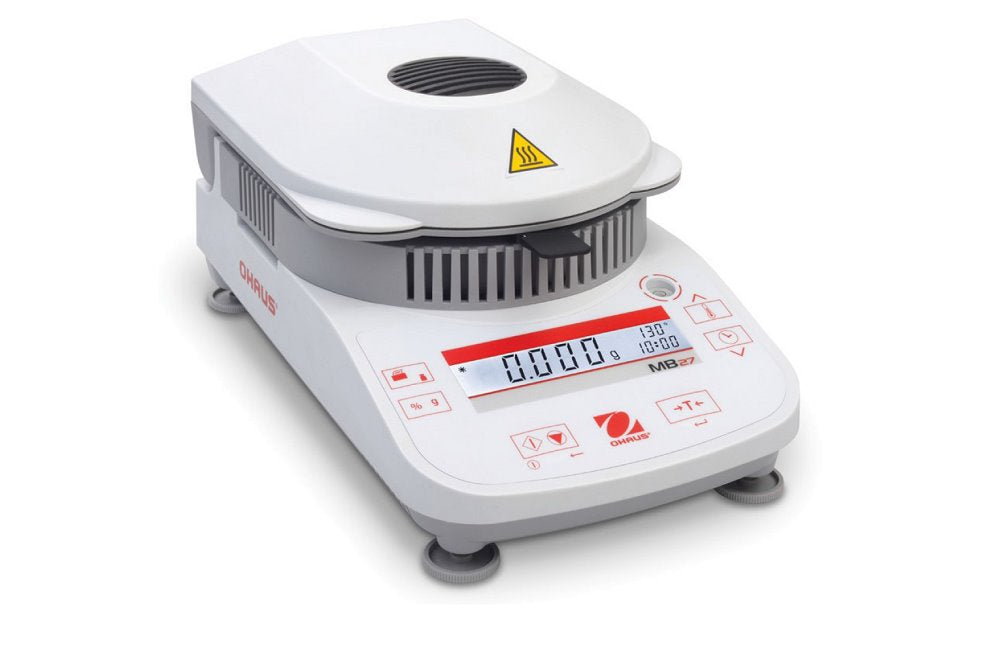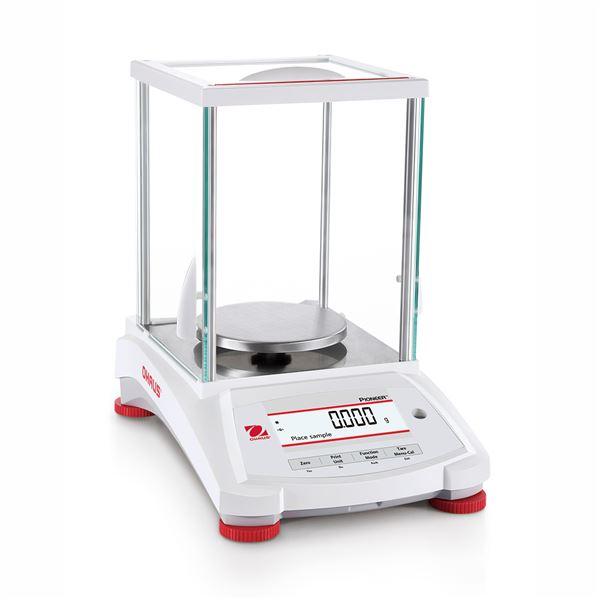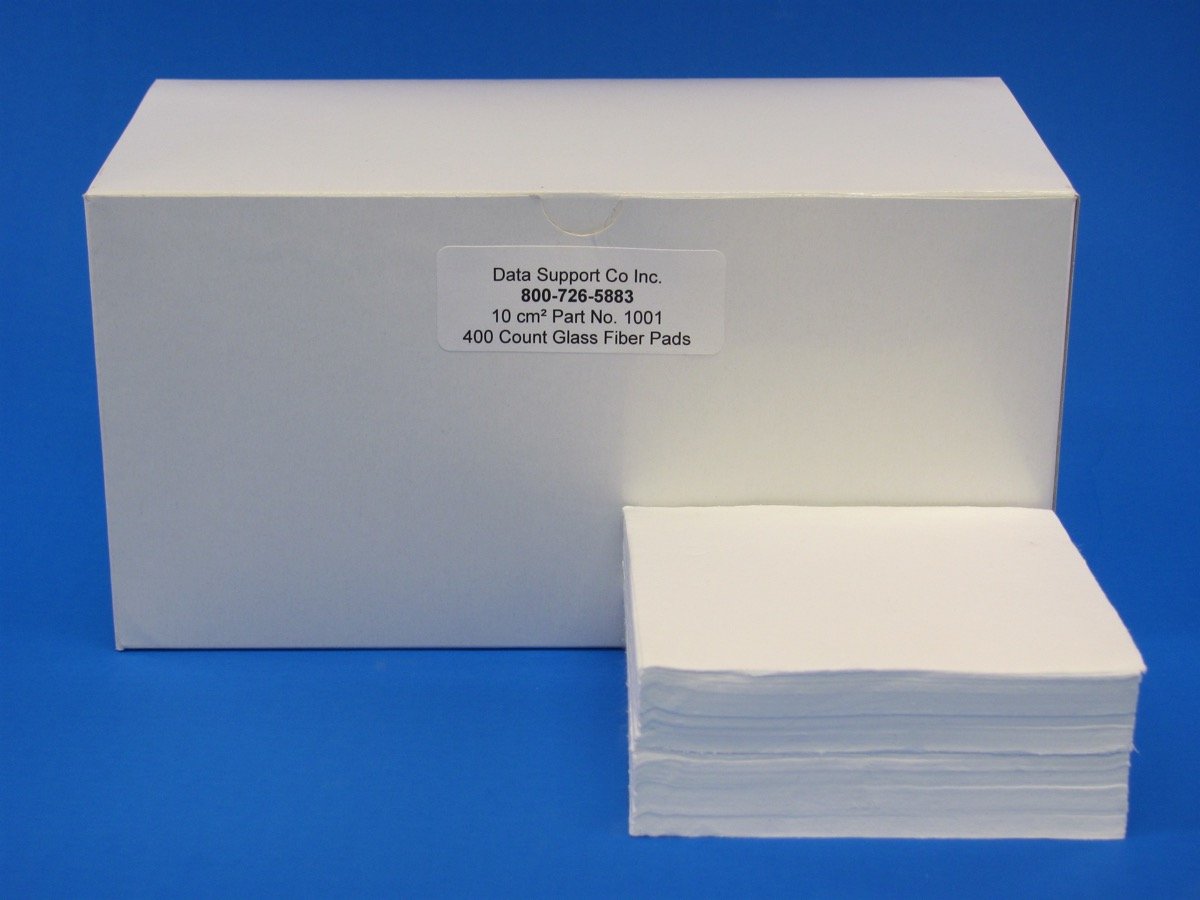The equal-arm balance from the time of the ancient Egyptians may have been an obvious choice back then, but today’s solutions are far more sophisticated than that.
As time went on, more and more types of balances were discovered. While having so many options is always better than none, finding the right balance, or even the right type of balance can be quite a challenge.
To make things simple, we’re going to talk about the different types of balance in this post. Even better, we’ll look at things from a practical standpoint to avoid technical information overload, thus helping you choose the right one for your needs.
Choosing the Right Balance for Your Needs
Let’s start with one major distinction when it comes to weighing balances: mechanical vs digital.
Mechanical vs Digital Balances
A mechanical balance is powered by a simple mechanism of using springs and levers that is both effective and reliable. Thanks to their simplicity, these devices are much cheaper than digital alternatives. However, they are also less precise than their digital counterparts.
Digital balances, on the other hand, are modern innovations powered by batteries and microchips that weigh objects using electronic response. While these balances do cost more than mechanical ones, they also offer a much higher accuracy in measurements.
Choosing between a digital or mechanical balance boils down to your specific application.
If you need a device that is relatively inexpensive, long-lasting, and capable of working without a power supply, then a mechanical balance will fit your needs perfectly.
However, if accuracy is your topmost priority with a need for 2 decimal places or above readability, you should go for a digital balance.
Different Types of Balances
There are so many types of balances that it’s near impossible to talk about every little nuance without getting stuck in an information overload.
However, from a practical point of view, we can divide them all into three major categories:
1. Precision Balances
Precision balances offer readability of 2 to 3 decimal places, which means 1 mg is their finest readability. However, what these balances lack in readability, they make up for it in precision (consistency across multiple results) and ease-of-use.
While these devices are commonly found in labs, there are also high-capacity models that are used for applications like testing materials at a construction site.
Apart from the scientific and industrial applications, these scales are also used in the jewelry industry to weigh precious stones and metals.
If a precision balance sounds like a good fit for your needs, you can check out all the devices we have in store from reputable brands on this page.
2. Analytical Balances
Analytical balances usually offer readability of 4 decimal places, which is 0.1mg at the minimum. However, such fine readability also makes these balances susceptible to error from vibrations or even air currents. That’s why most models come with a weighing chamber.
However, the reason why these balances are still popular is because of applications like acute measurements in labs, GLP/ISO compliant reports for quality control, and analytical chemistry.
Analytical balances are perfect for measuring small samples, and we have many options with capacities ranging from 52g to 620g that you can find in our store here.
3. Other Types with Extreme Readability
In cases where you need to weigh samples of near-impossible small sizes, you should consider any of the following two types of balances with extreme readability:
- Micro Balances: 6 decimal places readability
- Ultra Micro Balances: 7 decimal places readability
These devices are commonly used in chemical analysis, product testing and quality assurance labs, and even mining operations. The last one might seem a bit surprising, but a micro or ultra micro balance is nothing out of the ordinary when it comes to measuring small amounts of powders and minerals in mining.
The Right Level of Readability
Before we end this post, I believe it’s important to address the right level of readability.
Even if your budget allows for it, you shouldn’t choose a device that offers finer readings than you actually need.
As we discussed earlier, once you go beyond 3 decimal places, the interference from vibrations and air currents is far more pronounced and thus leads to error-prone results. The only way to offset that sensitivity is to incorporate weighing chambers, anti-vibration tables, and a special-purpose room in your process.
So unless you actually need the extreme precision offered by analytical and micro balances, you should stick to something simpler and easier like a precision balance.




